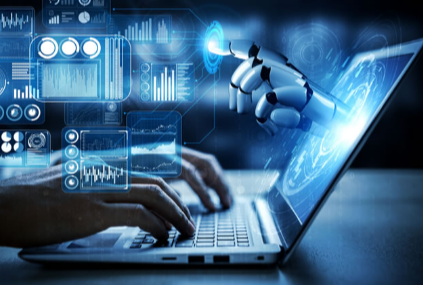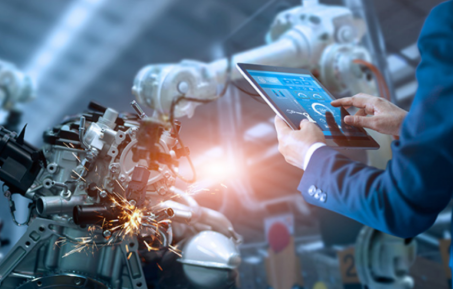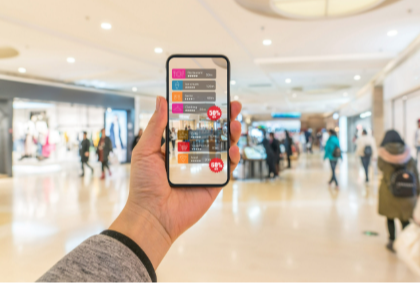Machine learning significantly influences daily applications through data analysis. It enhances user experiences and optimizes operations across various sectors. Personalized recommendations in e-commerce boost sales, while voice recognition technology improves interaction with devices. Moreover, smart home automation adapts to user preferences. In healthcare, predictive analytics plays a crucial role in early disease detection. Understanding these mechanisms reveals the transformative potential of machine learning in everyday life and invites further exploration of its implications.
Personalized Recommendations in E-Commerce
Personalized recommendations in e-commerce have emerged as a pivotal component in enhancing user experience and driving sales. By analyzing user behavior and leveraging purchase history, machine learning algorithms can predict consumer preferences with remarkable accuracy.
These systems categorize products based on previous interactions, creating tailored suggestions that resonate with individual users. The use of collaborative filtering and content-based filtering further refines these recommendations, allowing businesses to adapt to shifting trends and customer demands.
As users engage with platforms, the system continuously learns, optimizing recommendations in real-time. This dynamic approach not only fosters a sense of autonomy for consumers but also increases the likelihood of conversion, ultimately leading to a more satisfying shopping experience.
The interplay of data-driven insights revolutionizes how e-commerce operates.
Enhancements in Voice Recognition Technology
Recent advancements in voice recognition technology have significantly transformed the way users interact with devices and services. Enhanced algorithms, leveraging deep learning, have improved speech accuracy, allowing systems to better understand diverse accents and dialects.
This evolution has not only increased reliability but also enriched the overall user experience, making voice-activated interfaces more intuitive and accessible. The integration of natural language processing enables systems to discern context, facilitating more fluid conversations between users and devices.
As machine learning continues to refine these capabilities, the potential for personalized interactions expands, empowering users to command their environments with greater ease. Ultimately, these innovations reflect a commitment to enhancing autonomy and freedom in human-computer interactions.
Smart Home Devices and Automation
The advancements in voice recognition technology have laid a robust foundation for the proliferation of smart home devices and automation.
These devices leverage machine learning algorithms to enable intuitive interactions, allowing users to control their environments seamlessly. Smart lighting systems exemplify this evolution, adjusting brightness and color based on user preferences and time of day, ultimately enhancing comfort.
Additionally, energy management becomes more efficient through automated controls that optimize consumption patterns, reducing waste and lowering utility costs.
The integration of smart home devices fosters a more liberated lifestyle, where individuals can exercise greater control over their living spaces while contributing to sustainability efforts.
This confluence of convenience and efficiency epitomizes the transformative potential of machine learning in everyday applications.
Predictive Analytics in Healthcare
As healthcare systems increasingly harness the power of big data, predictive analytics emerges as a vital tool for enhancing patient outcomes and operational efficiency.
By leveraging algorithms that analyze historical health data, predictive analytics significantly improves diagnostic accuracy, allowing clinicians to make informed decisions based on anticipated patient conditions. This proactive approach not only aids in early disease detection but also facilitates personalized treatment plans tailored to individual patient needs.
Furthermore, predictive analytics enhances patient monitoring, enabling real-time assessments of vital signs and health status. This integrated framework empowers healthcare providers to identify potential complications before they escalate, ultimately fostering a more responsive healthcare ecosystem.
As a result, the synergy of machine learning and predictive analytics stands to revolutionize healthcare delivery.
Conclusion
In conclusion, the pervasive integration of machine learning across various domains not only streamlines daily tasks but also raises questions about data privacy and algorithmic bias. As these technologies evolve, the theory of machine learning as a double-edged sword gains traction; while they enhance user experiences, they may inadvertently perpetuate inequalities. Continuous scrutiny and ethical oversight will be essential in harnessing their full potential, ensuring that the benefits of machine learning extend equitably across all sectors of society.



